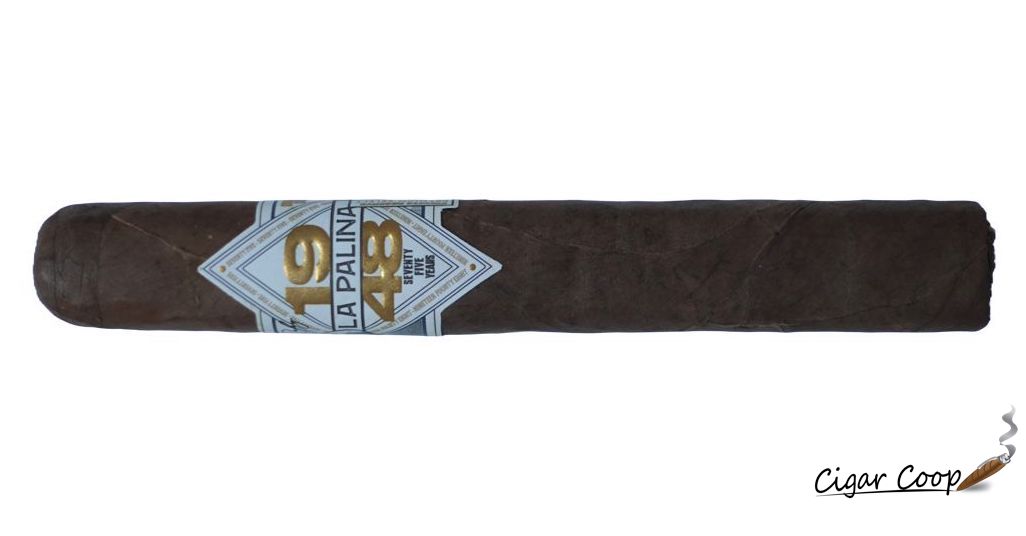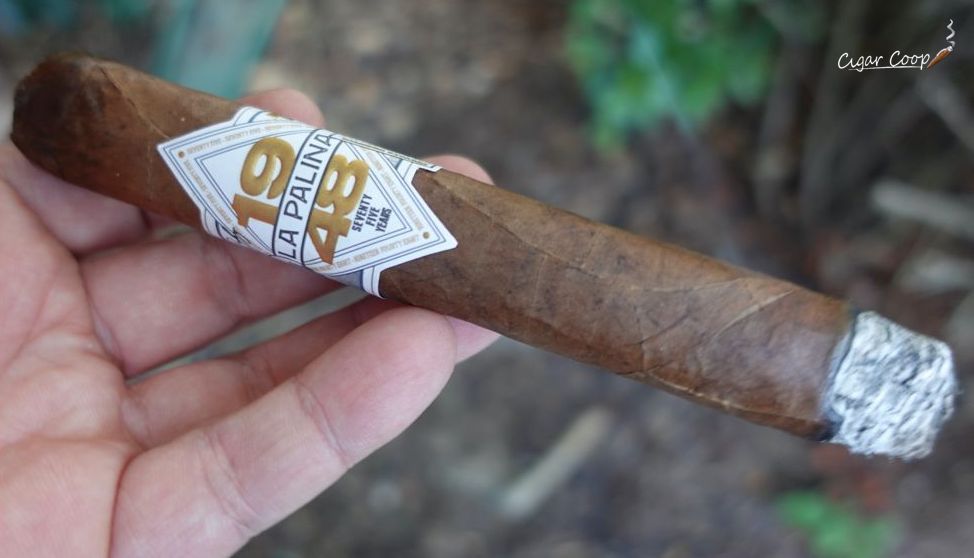
Today, we look at the La Palina 1948 in the Toro size. As is well-known, La Palina is a company extremely proud of its family heritage, and over the years, it has honored many family members with their own cigars. The La Palina 1948 pays homage to La Palina owner and Chairman Bill Paley. In particular, it celebrates Paley’s 75th birthday. Since Paley resurrected the La Palina brand in 2009, La Palina has worked with many different factories across different countries. For the 1948 line, La Palina turns to Oliva’s TABOLISA factory. This is the second time La Palina has worked with TABOLISA, with the other line being the La Palina 125 Años.
Bill Paley’s story of La Palina is well-documented. Paley’s grandfather, Samuel, owned the Congress Cigar Company store. Back in 1896, he founded La Palina, a cigar line he named for his wife. Samuel’s son, William S. Paley, later became Vice President. The younger Paley would sponsor a small radio show called “The La Palina Hour” in Philadelphia. The sponsorship led to growth for the La Palina brand, and at the same time, the younger Paley also realized the value and potential of radio. He purchased five radio stations in Philadelphia, which eventually became the beginning of the Columbia Broadcasting System (CBS).
Samuel Paley retired in 1926, and with his son now entrenched in the broadcasting field, the La Palina brand retired with Samuel. In 2009, Bill Paley decided to revive the La Palina brand and move it forward into the 21st century.
For now, let’s turn our attention to the 1948 Cigar celebrating Bill Paley’s 75th birthday and see what this cigar offers.
La Palina 1948 Toro – Cigar Review
SPECIFICATIONS
Blend and Origin
The 1948 is highlighted by an Ecuadorian Sumatra wrapper over Nicaragua binder and fillers. It’s not the first La Palina to use Sumatra. Other notable releases from La Palina using Sumatra include La Palina Blue Label and the La Palina Number Series LP01.
Wrapper: Ecuadorian Sumatra
Binder: Nicaraguan
Filler: Nicaraguan
Country of Origin: Nicaragua
Factory: TABOLISA
Vitolas Offered
The cigar comes in four box-pressed sizes, each presented in ten-count boxes. The Diadema size was released as a limited-production cigar and was exclusively available to retailers who attended the 2023 PCA Trade Show.
Robusto: 5 x 52
Diadema: 6 x 46
Toro: 6 x 52
Churchill: 7 x 52
Appearance (*)
The 1948 Toro’s Ecuadorian Sumatra wrapper was medium brown with a slight rosado tint. There was a very light sheen of oil on the surface of the wrapper. Upon closer examination, some mottling could be seen on the surface. In general the surface of this cigar was on the smoother side. There were some thin visible veins, and any visible wrapper seams were minimal. This was a firmer box press with more square/rectangular-like edges.
PERFORMANCE
Pre-Light Draw (*)
A straight cut was used to remove the cap of the 1948 Toro. Once the cap was removed, it was time to commence with the pre-light draw. The cold draw yielded mostly earth and wood notes with some hints of baker’s spice. Overall, this was a disappointing pre-light draw. Since the pre-light draw is not factored into the numerical score or value ratings, there was no loss of points here. At this point, it was time to toast up the 1948 Toro and see what the smoking phase would have in store.
Tasting Notes
The 1948 Toro started with notes of classic wood, earth, and mixed pepper. As the cigar moved through the early phases, a combination of natural tobacco, cedar, and a slight amount of baker’s spice entered the equation. As the cigar started to make its way through the first third, the wood and cedar notes became primary. The pepper, earth, natural tobacco, and baker’s spice settled in the background. There was an extra layer of cedar on the retro-hale.
The second third of the 1948 Too saw wood and cedar remain grounded in the forefront. In fact, these notes took on greater prominence, which threw the balance off and didn’t allow the background notes of pepper, earth, natural tobacco, and baker’s spice to have a significant contribution. Toward the latter part of the second third, the intensity of the pepper increased, and the baker’s spice notes dissipated.
Not much change happened in the final third. The cigar was still cedar and wood heavy. Pepper spice became one of the more prominent secondary notes. There were still notes of earth and natural tobacco. As the 1948 Toro’s cigar experience came to a close, the cigar finished with a soft, cool nub.
Burn
The burn of the 1948 Toro started out low maintenance, but later, in the first third, it became a cigar that needed frequent touch-ups to maintain a straight burn path and straight burn line. The touch-ups did the trick, but more touch-ups were needed than preferred. The resulting ash wasn’t overly firm but on the loose side. This was an ash with a silver-gray color to it. The burn rate and burn temperature were both ideal.

Draw
The draw to the 1948 Toro was ideal. It had a touch of resistance to it – which I like. I usually find box-press cigars too much on the open side, but I really enjoyed the draw on the 1948 Toro. At the same time, this was a low-maintenance cigar from which to derive flavor.
Strength and Body
The 1948 Toro started in medium strength and medium-bodied categories. As the cigar experience progressed, the intensity of both attributes increased. By 60% (3/5th point), both attributes had progressed to medium to full territory. From that point, the increase in intensity for the strength and body leveled off.
In terms of strength versus body, both attributes balanced each other nicely throughout the smoking experience.
BANDING AND PACKAGING NOTES (*)
I really liked both the banding and the packaging of the La Palina 1948. The box and bands feature images of New York (where Paley is from), Estelí (one of the places Paley makes cigars), and Vietnam (where he served in the military and fought in the war). I also liked the diamond shape on the front of the band.

OVERALL ASSESSMENT
Final Thoughts
There is no way to sugarcoat this. The 1948 Toro was a complete and total miss when it came to flavor. The flavors were uninspiring right out of the gate and never got going for me. When it comes to ranking the cigars in a brand’s portfolio, there has to be one that falls to the bottom. Unfortunately for La Palina, it’s the 1948 Toro.
What’s more disappointing is that this cigar’s packaging is excellent, but we don’t score on packaging. This cigar comes in at an 84. That is independent of the $24.00 price point, which is not factored into the score. Ultimately, this is a cigar I would not return to or recommend.
Summary
Key Flavors: Cedar, Wood, Earth, Natural Tobacco, Baker’s Spice, Pepper
Burn: Very Good
Draw: Excellent
Complexity: Medium Minus
Strength: Medium (1st 3/5), Medium to Full (Remainder)
Body: Medium (1st 3/5), Medium to Full (Remainder)
Finish: Good
Rating
Value: Not Recommended
Score: 84
REFERENCES
News: La Palina 1948 Debuts at PCA 2023
Price: $24.00
Source: Purchased
Brand Reference: La Palina
Photo Credits: Cigar Coop
(*) Indicates this is not factored into the score or value rating





June 28, 2024 @ 10:24 pm
Bill Paley, Sr. is a major character in the Truman Capote show, The Swans. Very interesting intersection of cigars and American culture.